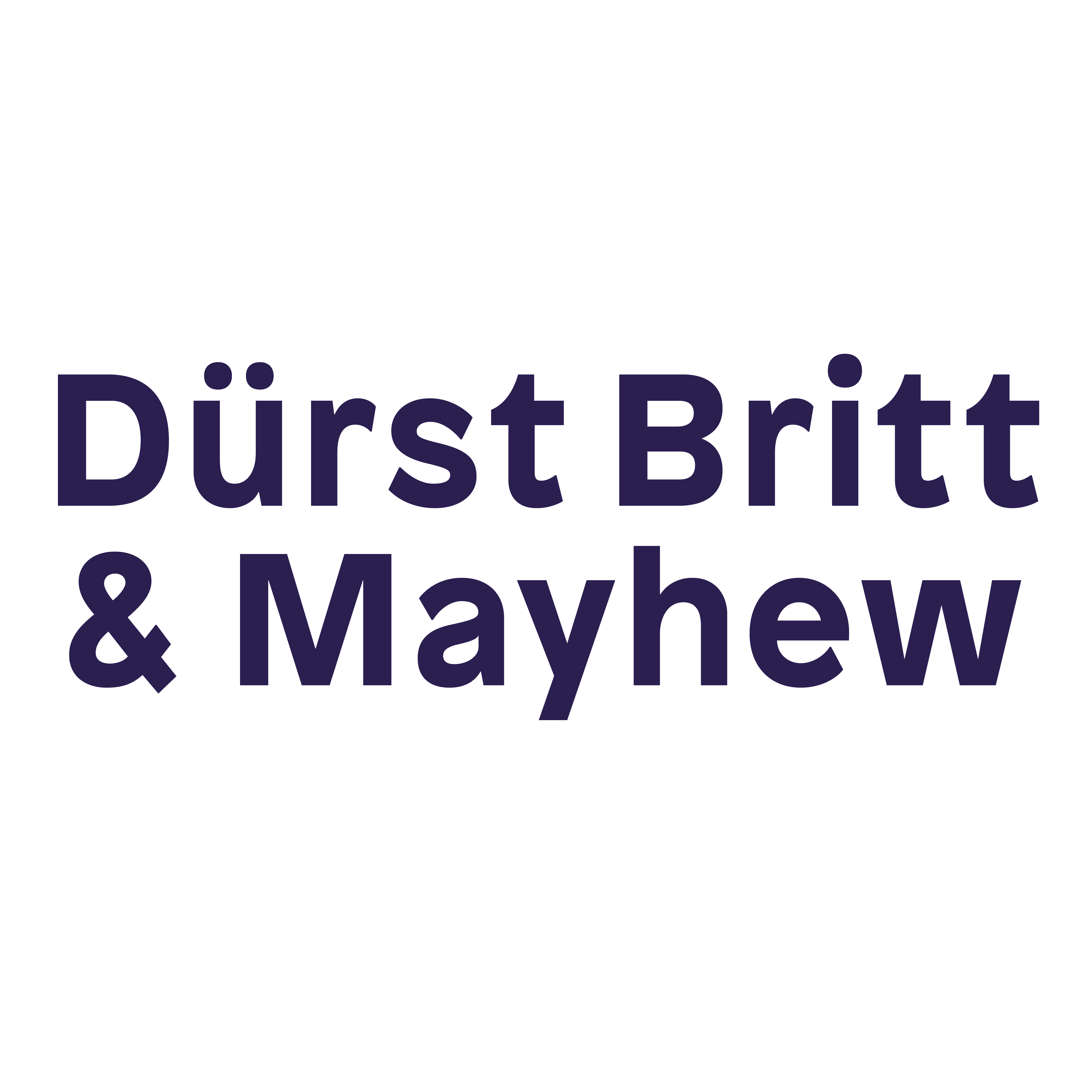In the Discovery section of Art Brussels 2018 Dürst Britt & Mayhew will present a solo booth by Dutch artist Lennart Lahuis (1986). In Europe’s capital Lahuis will show a body of new works, which can be seen as a visual exploration into the concept and understanding of ‘Europe’.
For a series of works on paper, Lahuis’ deployed a paper restoration technique that was developed by the Anna Amalia Library in Weimar, Germany after a devastating fire in 2004. Large parts of their collection, with many unique books and handwritten sheet music from the Age of Enlightenment, were destroyed. A substantial part however, was found in good enough condition to be restored. This was achieved by integrating the burnt and brittle ancient paper into a new, handmade sheet of paper. Lahuis appropriated this technique, which physically embodies the integration of the old into the new, to reproduce burnt contemporary images and texts that deal with the tension between integration and disintegration.
The series on view consists of seven so-called ‘pressure maps’. These maps show the changing pressure levels over the EU. The lines that run through these images are constantly shifting as if the continent is not divided by borders, but by ever changing weather patterns. The maps seem to be slammed into the paper and the image of the continent disintegrates differently with every forecast, each work corresponding to one day of the week.
An accompanying sculptural installation consists of a cascade, with water silently running over a slab of wet clay. On this piece of clay one can read the introduction page of a recent scientific article from renowned magazine Nature. During Brexit, a team of scientists inadvertently concluded extensive research into a ‘geological Brexit’ that happened 450.000 years ago. The article describes the erosion of a chalk ridge that once connected the United Kingdom to continental Europe. Lahuis reproduced the first page of this article in Weald Clay, which is the exact clay the article mentions as having played an important role in the erosion of the land that was once the Dover Strait.
In his presentation Lahuis uses different forms of erosion to emphasise a multi-layered tension between integration and disintegration. The story of the formation and geological history of Europe, as well as the ephemeral pressure patterns constantly allude to and resonate with the political and climatic upheavals of our time.


